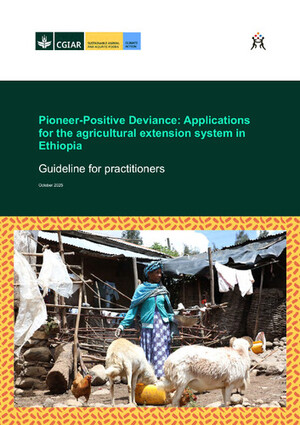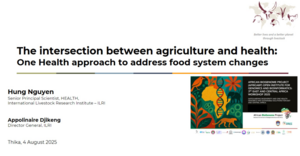
Overcoming dormancy in Desmanthus virgatu seeds for improved viability monitoring protocols of genebank accessions
Abstract
Desmanthus virgatus is a perennial forage legume used as a livestock feed source. Seeds of this species are physically dormant and thus, propagation is difficult. The dormancy also impacts the routine viability monitoring of genebank accessions. The present study investigated different methods to break dormancy in seeds collected from various locations at different times. The result showed that most pre-treatments significantly increased germination percentage. Accessions treated with concentrated sulphuric acid (25 or 30 minutes) followed by sandpaper scarification showed the highest proportion of normal seedlings (94.6 and 96%). Boiling water (2.3 or 3 minutes) was also effective in all accessions except for accession 331. However, accessions treated with hot water (3, 5 or 8 minutes) had a considerable proportion of hard seeds. The proportion of dead/abnormal seedlings was high in seeds treated with a hot wire in all accessions, ranging from 27.5 (accession 15489) to 75.5% (accession 16). The untreated seeds remained hard at the final germination count. We conclude that it is important to use concentrated sulphuric acid and mechanical scarification with sandpaper to break the dormancy for the species to enhance germination, obtain uniform field stands and make wise decisions during storage.
Citation
Olbana, T., Muchugi, A., Woldemariam, Y., Hay, F.R., Ndiwa, N. and Jones, C.S. 2023. Overcoming dormancy in Desmanthus virgatu seeds for improved viability monitoring protocols of genebank accessions. Seed Science and Technology 51(3):421-434.










